Best Bites: A familiar feast: The Passover Seder traditions and tastes my family holds dear
| Published: 04-19-2024 11:20 AM |
Passover has always been my favorite Jewish holiday. The Passover Seder my parents host annually in my childhood house in Northampton has been the most festive and joyous meal of the year for as long as I can remember.
My dad’s childhood Seders were droll two-hour rituals in Hebrew and Yiddish. But the Seders he has hosted, for all of my life, are pretty different. They are not orthodox, conservative, or even reform. They are rarely held on the correct day. You could describe our Seder as “Northampton-style,” beginning with the hippie liberal Haggadah that rules the night.
The Haggadah is like the libretto of a Passover Seder. Guests young and old read aloud from its pages and retell, through stories and songs, the Torah’s story of the Jews’ exodus from Egypt.
Our Haggadah is written not just in English but in the Northampton dialect of English, with many of the ordinary patriarchal details and textual antiquities crossed out and replaced with hand-scrawled phrases like “peace and love to all people of all backgrounds and races, everywhere on Earth.”
God does not use he/him pronouns in our Haggadah.
The booklet is photocopied, stapled, and placed onto each of the 15 or 20 dinner settings atop a makeshift series of tables of various shapes and sizes concealed beneath a giant green tablecloth that my parents deck out with candles and silverware from generations past.
And then there is the food. Before the Seder begins, and for the entirety of the eight-day holiday, my dad cooks up a frenzy. The sounds and smells fill the kitchen, the same ones every year, but only once a year, unique to that week. Like the lighting of Friday night candles they are living memories, perennials that shoot up each spring and re-connect us to our ancestors, the ones we met and the ones we never did.
My dad learned to cook from his mom, my grandmother, whom I called Nana Rae. She was a big lady who would sit in a big armchair in her small, carpeted living room in Stoughton, effusing love. I took my first steps on Nana Rae’s carpet, shakily navigating from grownup to grownup, through obstacles of plastic-covered furniture and looks of unbridled adoration.
Article continues after...
Yesterday's Most Read Articles
 A Waterfront revival: Two years after buying closed tavern, Holyoke couple set to open new event venue
A Waterfront revival: Two years after buying closed tavern, Holyoke couple set to open new event venue
 Island superintendent picked to lead Amherst-Pelham region schools
Island superintendent picked to lead Amherst-Pelham region schools
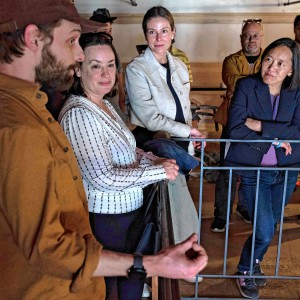 Music key to Northampton’s downtown revival: State’s top economic development leader tours city
Music key to Northampton’s downtown revival: State’s top economic development leader tours city
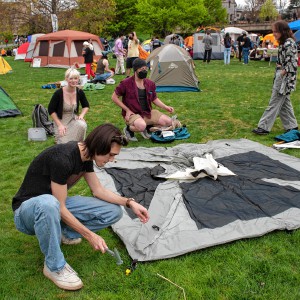 Pro-Palestinian encampment disperses at UMass, but protests continue
Pro-Palestinian encampment disperses at UMass, but protests continue
 Area property deed transfers, May 2
Area property deed transfers, May 2
 Amherst council hears call to scale back Jones work
Amherst council hears call to scale back Jones work
Nana Rae was quite a religious Jew, but my dad likes to tell me about the day in his childhood when he realized that for her, culinary excellence outweighed piety. He was peering around the wall into the kitchen, and he caught her sneaking milk into the mashed potatoes that went with her brisket. Kosher rules prohibit Jews from eating milk with meat, but for Nana Rae, dry mashed potatoes were a sin still greater.
My dad’s family was devoutly observant, though — as he still is — about the number-one rule of Passover: you can’t eat any ordinary bread products, nothing leavened with yeast. This ritual pays homage to the Jews’ hasty escape from Egypt, when they had no time for the bread to rise and thus left on their journey with matzo.
Because of this dietary restriction, many other kids growing up in my dad’s world, like our beloved cousin Ruthie, didn’t like Passover much: no bread, no pasta, no cereal, all week! They got so sick of matzo that they’d be cheering as the holiday wound down.
My dad, instead, would feel great sadness, because he’d have to to wait a year for this special week to happen again. The reason it was so special was that Nana Rae was obsessed with cooking as many delicious things as possible during those eight days.
While my dad’s friends were eating dry pieces of matzo for lunch, maybe with a pat of butter, he was chowing down on passover buns (”bulkies”) stuffed with chopped liver, egg salad, or brisket.
My dad never missed pancakes or French toast, because he had delectable breakfasts of fried matzo, desserts of special sponge and honey cakes, almond and poppyseed cookies.
Nana Rae made her chopped liver with a hand-operated meat grinder that would attach to the table like a vice. My dad loved watching her throw the ingredients in, and most of all, he loved when she let him turn the handle to do the grinding. She made her chopped liver, as he does now, with schmaltz (chicken fat) and grebenes (chicken cracklings) — both of which, in the process, he would get to eat.
Her brisket was one of his favorite meals, and when he makes it — in the exact same old aluminum Guardian Service waterless cooker that she used — it’s one of mine too.
Another thing I love is the eternally polarizing gefilte fish — minced patties of pungent bottom-feeders. My dad’s grandmother used to make enough gefilte fish for all the relatives. A local fisherman would bring her giant live carp, which she would keep in the bathtub until it was time. One time my dad tried this method, and the house stunk for many days. So now he buys bottles at the store and doctors the mix with onions and carrots, the way Nana Rae did after my dad’s grandmother died.
Horseradish is another important part of the Seder. It’s a condiment for the gefilte fish but also plays a symbolic role on the Seder plate and pre-dinner ritual, where it represents the bitterness of slavery.
The super-strong white horseradish my dad’s family always used was made by his grandfather, who would grind it on the porch because the smell was so powerful that he wasn’t allowed to do it inside.
My dad makes so many other great family Passover recipes — matzo-ball (knaidlach) soup, baked chicken with paprika — but the highlight of it all, for me and I think for him too — is the passover buns, the bulkies, made with matzo-meal and risen by eggs. (Seltzer is the secret ingredient.)
Bulkies is the Goldstein family word, although as far as I can tell nobody on the Internet calls them bulkies except one single blogger named Frances. They’re like popovers, and they come out piping hot, soft inside, a bit crispy outside, the perfect partner for any spread or dip or meat.
The Seder always ends, at a minimum, with macaroons and my dad’s fruit compote — dried apricots and prunes and other fruits slow-simmered with sugar, another Nana Rae specialty and one of the simplest but most delicious of all the desserts I’ve ever eaten.
I remember the morning when my dad climbed into bed with me, tears in his eyes, and told me that Nana Rae was gone. I was 5. I am not sure whether I had seen a grownup cry before that. I am not sure whether I had even known, before that morning, that grownups did that.
In an early part of the Passover ritual, before the main meal is served, we dip parsley, or ”karpas,” which represents spring, into a little dish of saltwater that represents the tears of the enslaved Jews. At our Northampton Passover table we dip not just into the tears of Jews but into the tears of all, anyone in the world who has suffered.
Some of us have suffered far more than others; we have all lost, we have all longed, we have all cried. Tears of loss, of sadness, of nostalgia, of joy — they’re all the same thing, really, waterways of love, pathways to the heart.
The other pathway to the heart? The stomach.
Robin Goldstein is the author of “The Menu: Restaurant Guide to Northampton, Amherst, and the Five-College Area.” He serves remotely on the agricultural economics faculty of the University of California, Davis. He can be reached at rgoldstein@ucdavis.edu.

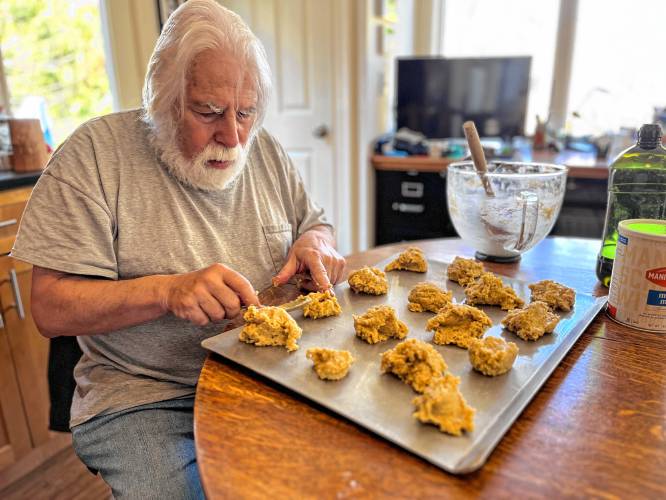
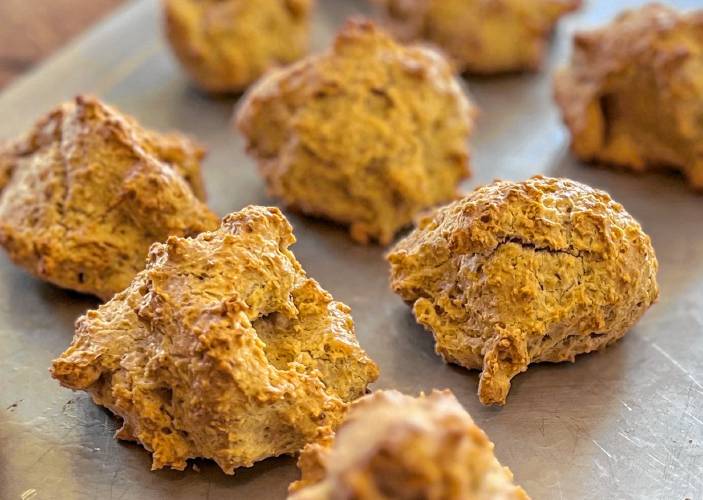
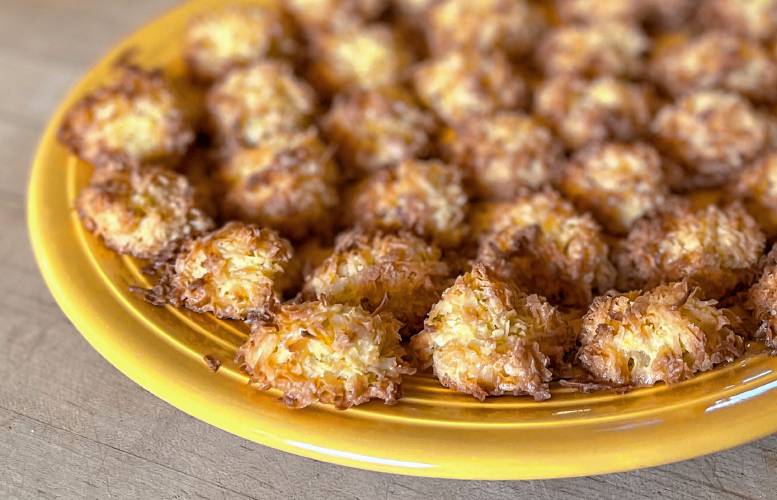
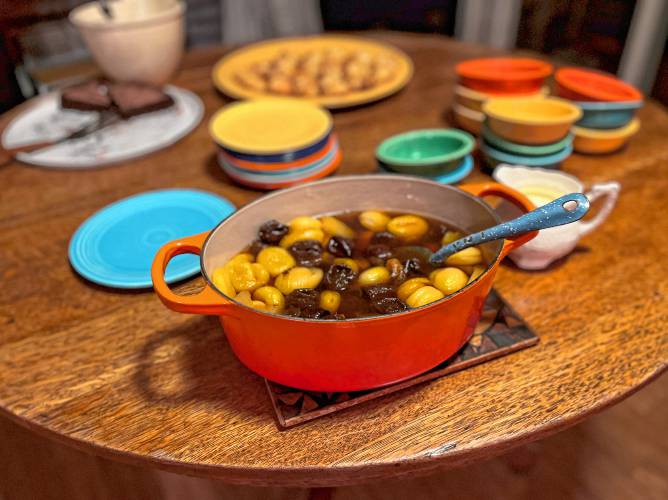
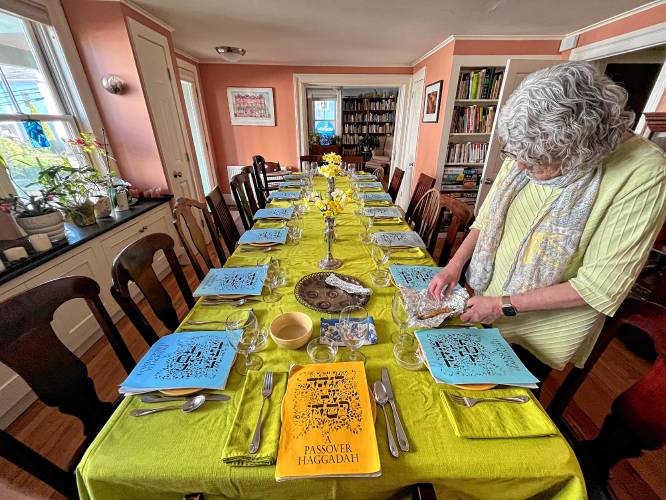
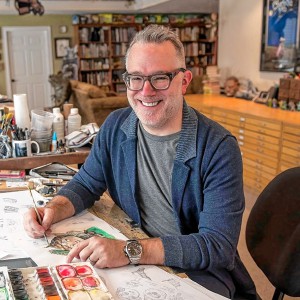 Fantasy favorite revisited: Amherst authors’ popular ‘Spiderwick Chronicles’ gets a new streaming adaptation
Fantasy favorite revisited: Amherst authors’ popular ‘Spiderwick Chronicles’ gets a new streaming adaptation Speaking of Nature: Bird of my dreams, it’s you: Spotting a White-tailed Tropicbird on our cruise in Bermuda
Speaking of Nature: Bird of my dreams, it’s you: Spotting a White-tailed Tropicbird on our cruise in Bermuda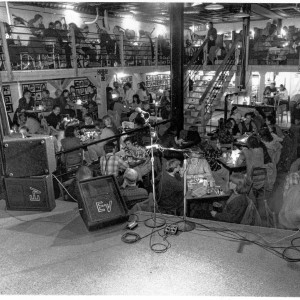 The Iron Horse rides again: The storied Northampton club will reopen at last, May 15
The Iron Horse rides again: The storied Northampton club will reopen at last, May 15 The power of poetry: U.S. Poet Laureate Ada Limón to speak at Smith College
The power of poetry: U.S. Poet Laureate Ada Limón to speak at Smith College
